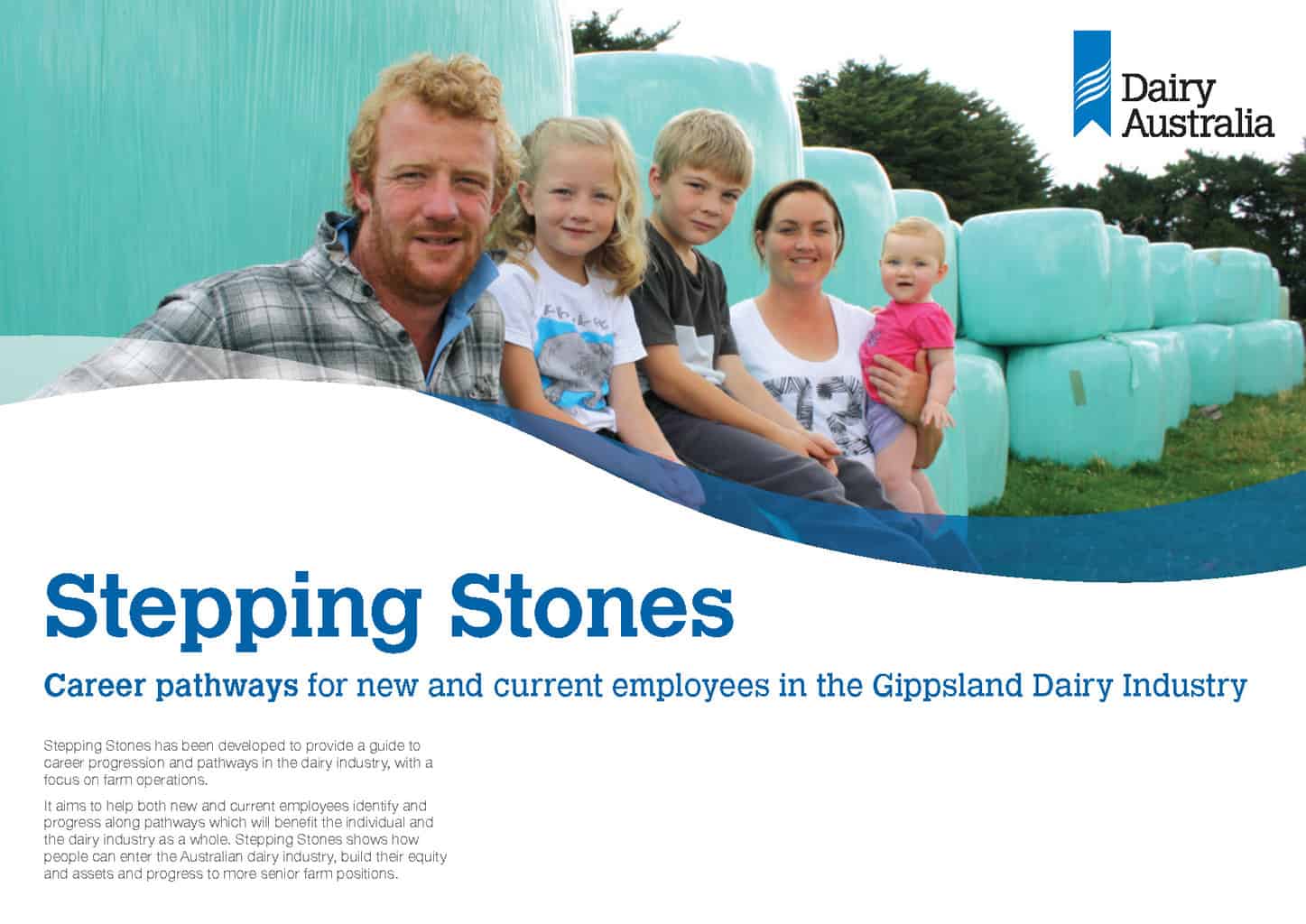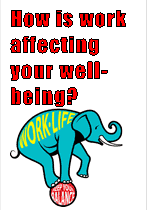Pam Pryor, Registrar, Australian OHS Education Accreditation Board, responds to some issues raised in a recent blog article.
The Safety Institute of Australia and the Australian OHS Education Accreditation Board welcomes informed, constructive comment on their activities and on OHS in general.
The paper Reflection on the SIA Ltd professional project and the Body of Knowledge (Pearse, McCosker & Paul, 2015) makes a number of assertions which must be addressed to ensure readers have an accurate understanding of the issues and the discussion. This article addresses just one of these assertions: The OHS Body of Knowledge promotes a narrow technical view of OHS.
While commenting that the reason for the existence of the OHS Body of Knowledge is unclear Pearse et al., also note that there is no industry-wide agreement on the educational requirements to practice as an OHS professional; that there is no unified body of knowledge for OHS; and the evidence base in relatively low and underdeveloped. All comments with which we would agree and also clear reasons for the development of an OHS Body of Knowledge and the discussions which have arisen, and will continue to occur, on what should comprise the OHS Body of Knowledge for Generalist OHS Professionals. Continue reading “Factual reporting and the OHS Body of Knowledge”


 However according to Stepping Stones only some dairy roles have an overt occupational health and safety obligation.
However according to Stepping Stones only some dairy roles have an overt occupational health and safety obligation.  A research team from the
A research team from the